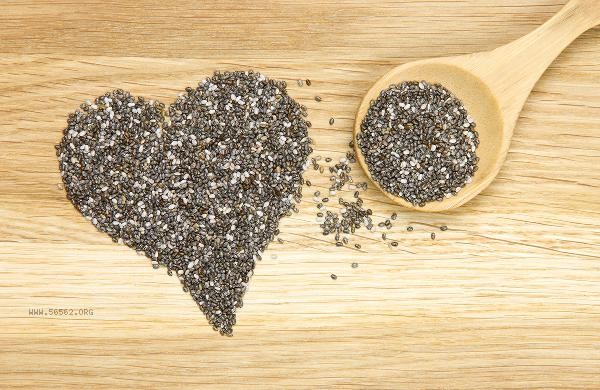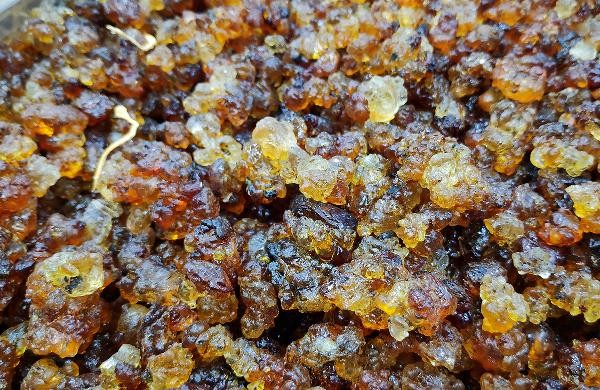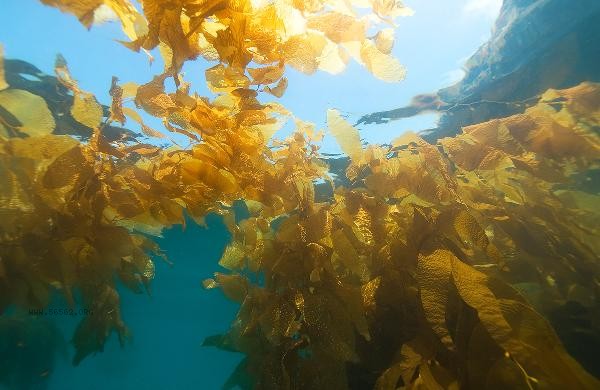Fresh seaweed is usually recommended to be blanched before consumption. Eating it raw directly may affect digestion and absorption, and pose hygiene risks. Fresh seaweed contains a lot of seaweed gel and coarse fiber. When eaten raw, the texture is hard and may irritate the gastrointestinal mucosa, causing bloating and discomfort in some people. Blanching treatment can soften the fiber structure, making the taste softer, while high temperature can inactivate marine microorganisms or parasite eggs attached to the surface. The active ingredients such as phycocyanin in seaweed can still retain most of their nutritional value after short-term blanching, and are more conducive to the release of iodine elements. A very small number of people who are allergic to seaweed or have extremely weak gastrointestinal function may experience discomfort even after blanching, and such situations should be avoided from consumption. Fresh seaweed may pose a risk of nearshore pollution, and if not adequately heated, there is a high probability of residual harmful substances such as heavy metals. Some special varieties of seaweed contain natural toxins that need to be cooked for a long time to decompose, and eating them raw directly poses a safety hazard.

For daily consumption, it is recommended to blanch seaweed in boiling water for 10-20 seconds, then remove it and mix it cold or make soup. Pairing with foods rich in vitamin C, such as tomatoes and lemons, can promote iron absorption and avoid consuming high tannic acid foods that can affect mineral utilization. Thyroid disease patients need to control their intake, soaking and blanching can reduce some iodine content. When purchasing, choose high-quality seaweed with a bright black color and no fishy odor. Store it in refrigeration for no more than 3 days and blanch it before consuming as soon as possible.










Comments (0)
Leave a Comment
No comments yet
Be the first to share your thoughts!